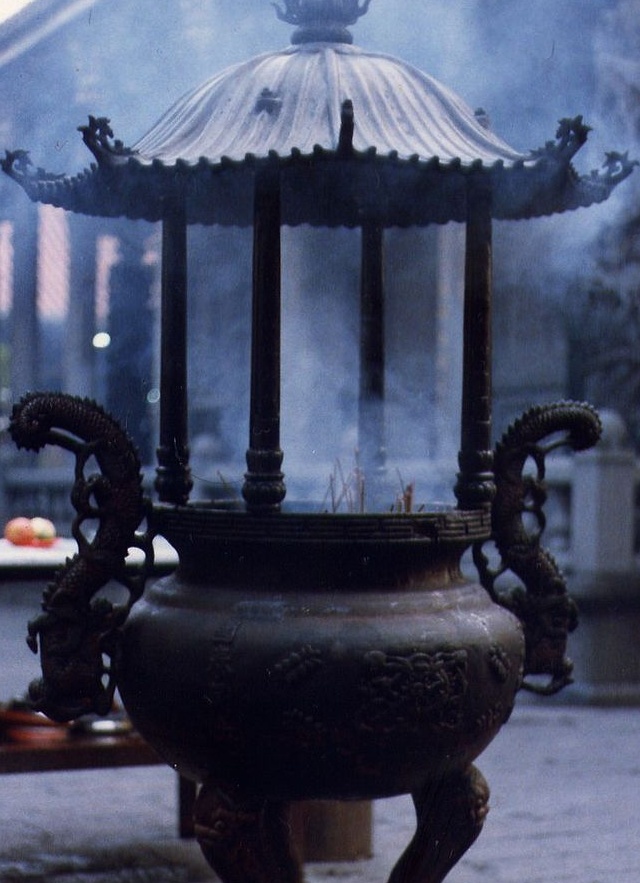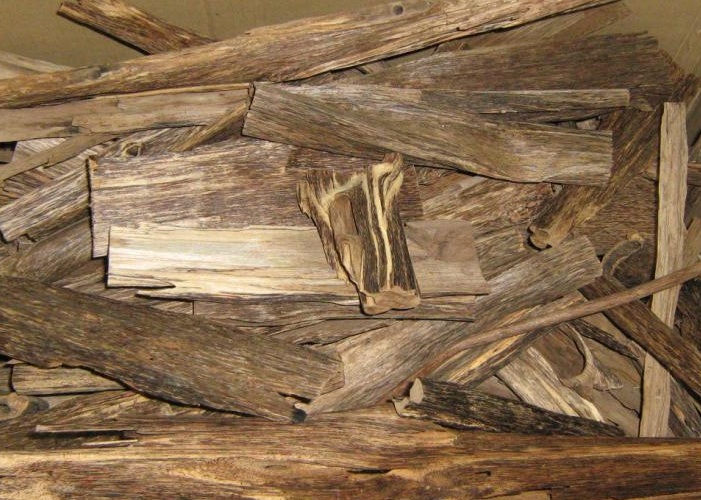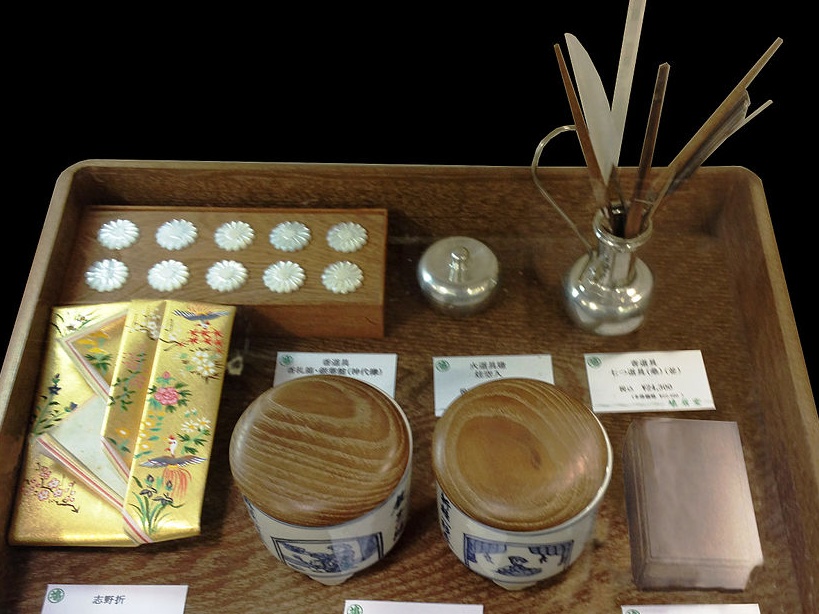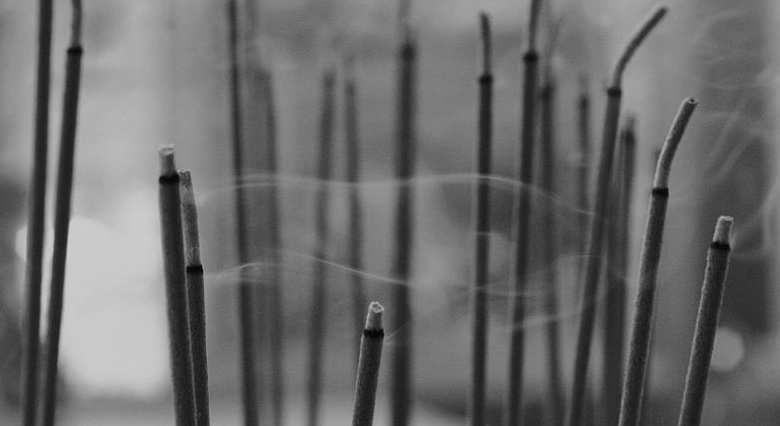3 Fun Facts About Japanese Incense
Incense is made from aromatic plant materials and releases a fragrance when burned. It's appreciated in many cultures for its aromatic properties and ability to repel insects, and has also long been associated with religion. Incense, or ko, has a long history in Japan, and has become an important aspect of Japanese culture.
By Flo3. Incense Etiquette in a Temple

https://en.wikipedia.org/wiki/Incense
First-time visitors to a Japanese temple would most likely be baffled as to what to do with the bunch of incense they might have purchased at the entrance. Here we have summarized it in a few simple steps so you can blend right in!
1. Light the bunch of incense.
2. Allow it to burn for a few moments.
3. Extinguish the flame by waving it around (Don't on it like a bunch of birthday candles!).
4. Stick the incense in the ash in the large incense burner.
5. Fan some smoke toward your body—particularly areas suffering from ailments!
2. Common Raw Materials of Japanese Incense

http://hayashi-ryushodo.com/%E5%95%86%E5%93%81%E3%83%A9%E3%82%A4%E3%83%B3%E3%83%8A%E3%83%83%E3%83%97-line-up/%E3%82%AB%E3%83%86%E3%82%B4%E3%83%AA%E3%83%BC%E5%88%A5/%E5%A1%97%E9%A6%99.html
Japanese incense is usually a mixture of a wide range of aromatic wood and herbs, the most common being agarwood (jinkou), sandalwood (byakudan), Borneo camphor (ryuno), benzoin (ansoku-ko), frankincense (nyuko), clove (choji), star anise (toushikimi), rhubarb (daio), cinnamon (keihi), licorice (kanzo) and patchouli (pachori).

https://en.wikipedia.org/wiki/Agarwood
Agarwood is by far the most notable among these raw materials due to its distinct scent. Agarwood is the heartwood of a genus of trees called Aquilaria (native to Southeast Asia) that contains resin after it is infected by a particular type of mold.
1. Kodo: The Way of Incense

https://en.wikipedia.org/wiki/K%C5%8Dd%C5%8D
If drinking tea can become a ceremony, so can appreciating incense. Kodo (香道) is translated as “The Way of Incense” in English, and is basically a ceremony where incense is prepared in a codified manner. The ceremony often involves games such as genji-ko, where participants guess the raw materials used in the incense.



